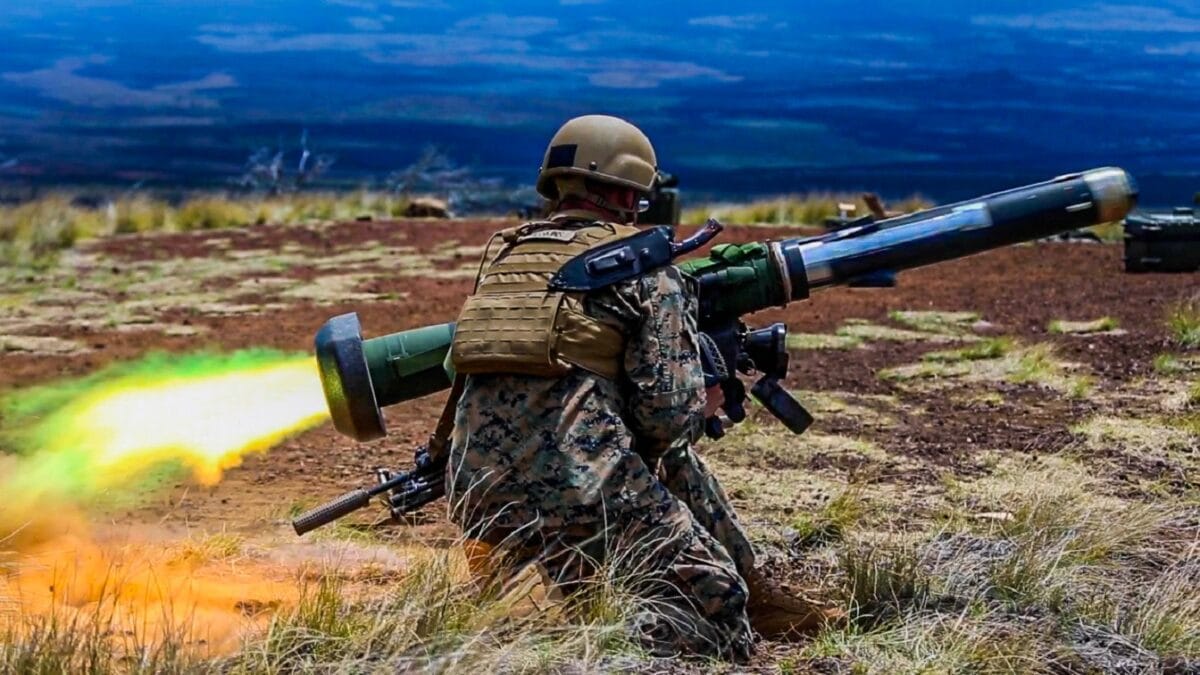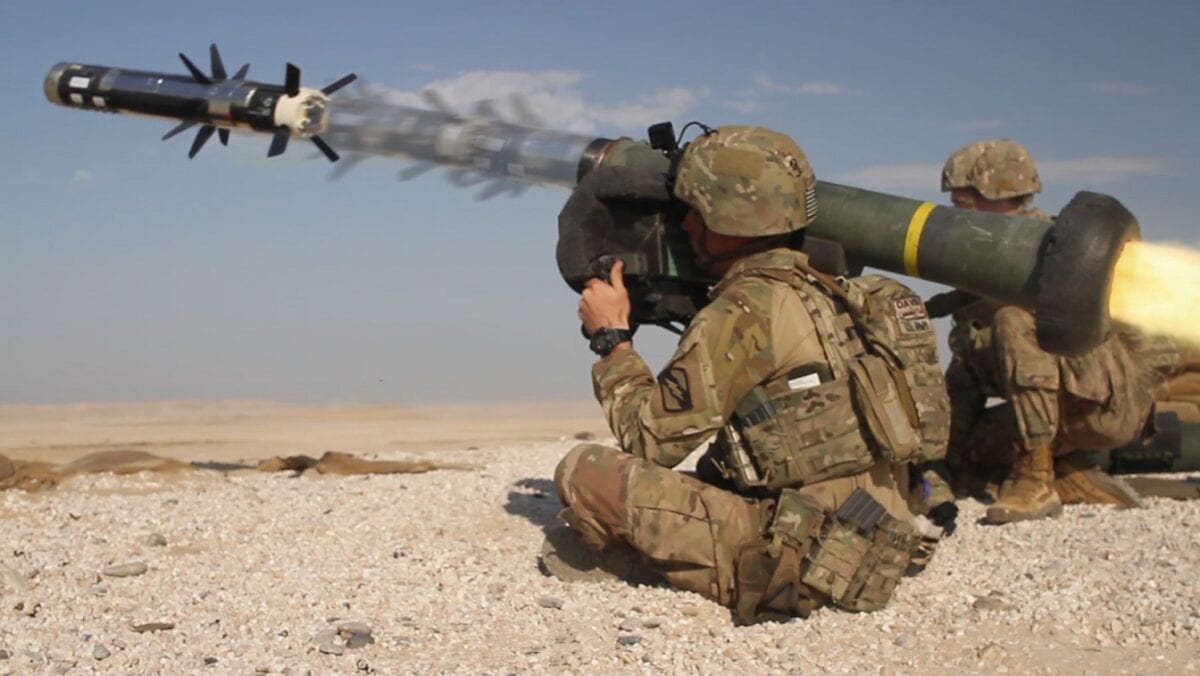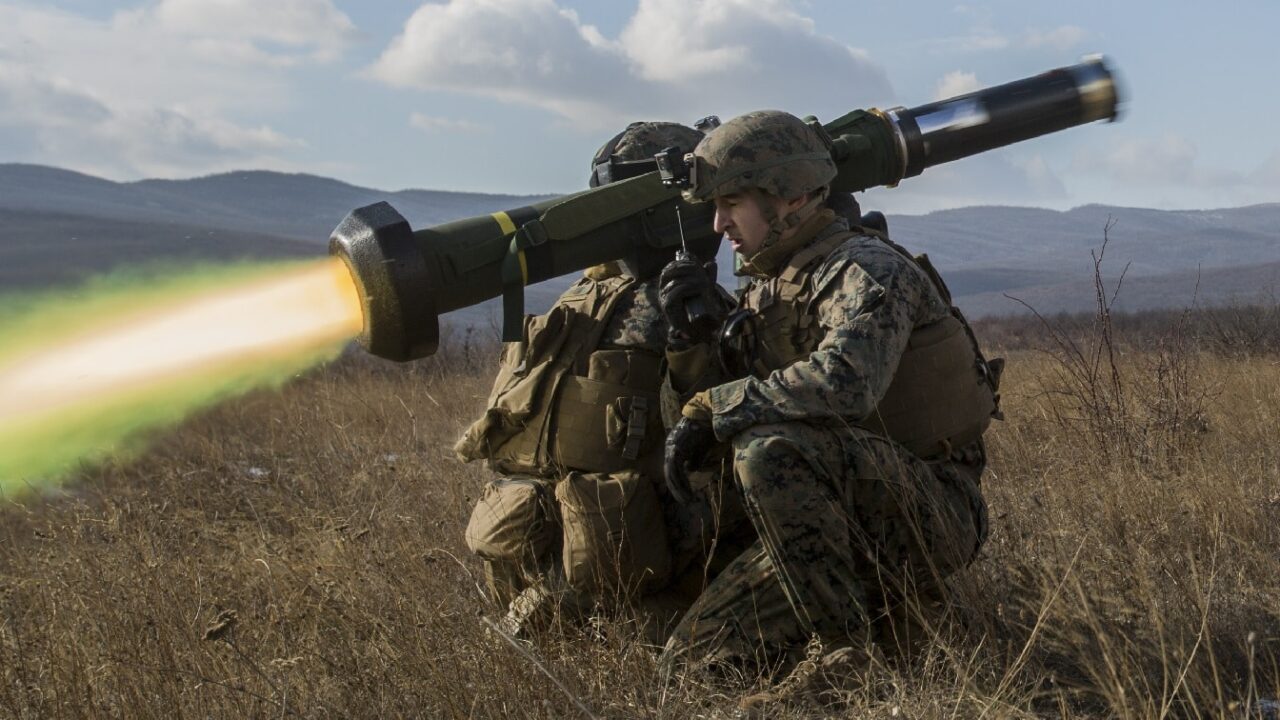Javelins, Stingers and More: What NATO Is Sending to Ukraine – Ukraine is not part of NATO, so the U.S. and other members of the transatlantic alliance aren’t obliged to send troops to fight alongside the Ukrainian military should the threat of a Russian invasion materialize.
However, friendly countries can do much to bolster the defenses of the Ukrainian military and the will to fight the Ukrainian government and people. And several countries have been doing that.
Stingers, Javelins, and More
Ukraine might not be part of NATO, and thus not able to benefit from the Alliance’s Article 5 clause, which ensures mutual defense of member states, but it has received significant military aid and training since 2014 when Russia invaded and annexed Crimea and started an insurgency in eastern Ukraine.
In December, U.S. President Joe Biden authorized a $200 million military aid package to Ukraine, which includes small arms, heavy machine guns, Javelin anti-tank missiles, anti-armor artillery, encrypted radios, ammunition, and medical gear. The first shipments of lethal aid have arrived in Ukraine, according to the local U.S. embassy.
The United Kingdom and Canada have also sent lethal aid and conventional and special operations advisors to Ukraine. But it is the small Baltic countries of Estonia, Latvia, and Lithuania, which have known the cruelty of Russia and live with the constant fear of an invasion, that are one of the most proactive supporters of Ukraine.
“In light of Russia’s increase in military pressure in and around Ukraine, the Baltic States have decided to answer Ukrainian needs and to provide additional defense-related assistance. This aid will further enhance Ukraine’s capability to defend its territory and population in case of possible Russian aggression,” the three Baltic countries said in a joint statement.
The three members of NATO asked and received permission from the U.S. to send Ukraine American-made weapons, including FGM-148 Javelin anti-tank missiles and the fearsome FIM-92 Stinger anti-aircraft missile, which all but destroyed the Soviet Union’s dreams in Afghanistan in the 1980s after the CIA supplied the Afghan mujahideen with the weapon.
“Today Ukraine is at the forefront of separating Europe from the military conflict with Russia. Let’s face it — the war in Ukraine is ongoing and it is important to support Ukraine in every way we can so that they can resist the aggressor,” Estonian Minister of Defense Kalle Laanet added.
Notable not only in its absence but in its interference with weapon transfers to Ukraine is Germany. The largest economy in Europe and one of the largest in the world, Germany depends on cheap Russian natural gas to fuel its furnaces. To appease Moscow, Berlin has been preventing NATO members, including the U.K., from sending military aid to Ukraine through its airspace.

A U.S. Marine with 1st Battalion, 3rd Marines, fires a shoulder-fired Javelin missile during exercise Bougainville II at Pohakuloa Training Area, Hawaii, April 18, 2021. Bougainville II is the second phase of pre-deployment training conducted by the battalion designed to increase combat readiness through complex and realistic live-fire training. (U.S. Marine Corps photo by Cpl. Jacob Wilson)

U.S. Army Spc. Colton Davis, an infantryman assigned to Company C, 2nd Battalion, 198th Armor Regiment, 155th Armored Brigade Combat Team, Mississippi Army National Guard, fires a Javelin shoulder-fired anti-tank missile during a combined arms live fire exercise as part of Exercise Eastern Action 2019 at Al-Ghalail Range in Qatar, Nov. 14, 2018. The multiple exposure photo demonstrates the multiple stages the missile goes through after it is fired by Davis. This is a multiple-exposure photo. (U.S. Army National Guard photo illustration by Spc. Jovi Prevot)
Russia: Poised to Strike Ukraine?
Right now, there are more than 127,000 Russian troops near the border with Ukraine, and that number is expected to rise to close to 200,000 in the upcoming weeks as Moscow announced a joint military training event with Belarus, a client state that borders Ukraine from the north.
In December, Ukrainian military intelligence estimated that Russia has approximately 1,200 tanks, 2,900 armored personnel carriers, 1,600 pieces of artillery, 330 fighter, bombers, and attack jets, 240 helicopters, and 81 surface warships and submarines on or close to its borders.
1945’s New Defense and National Security Columnist, Stavros Atlamazoglou is a seasoned defense journalist specializing in special operations, a Hellenic Army veteran (national service with the 575th Marine Battalion and Army HQ), and a Johns Hopkins University graduate. His work has been featured in Business Insider, Sandboxx, and SOFREP.

